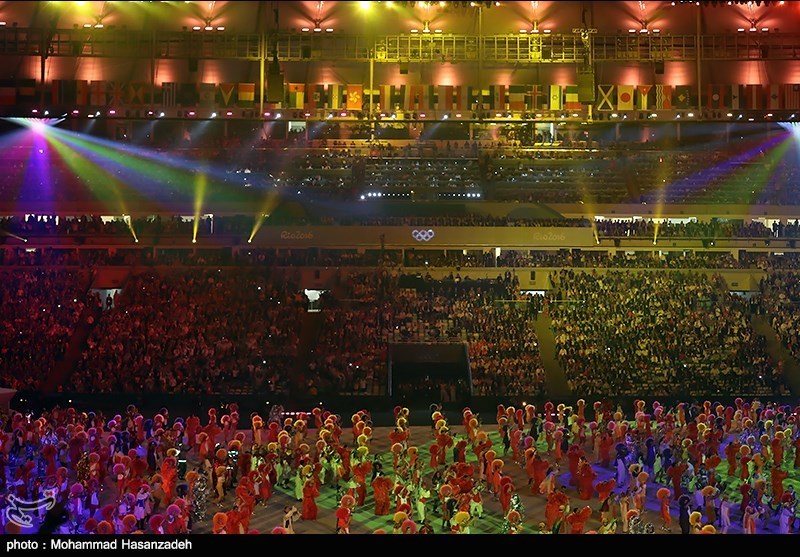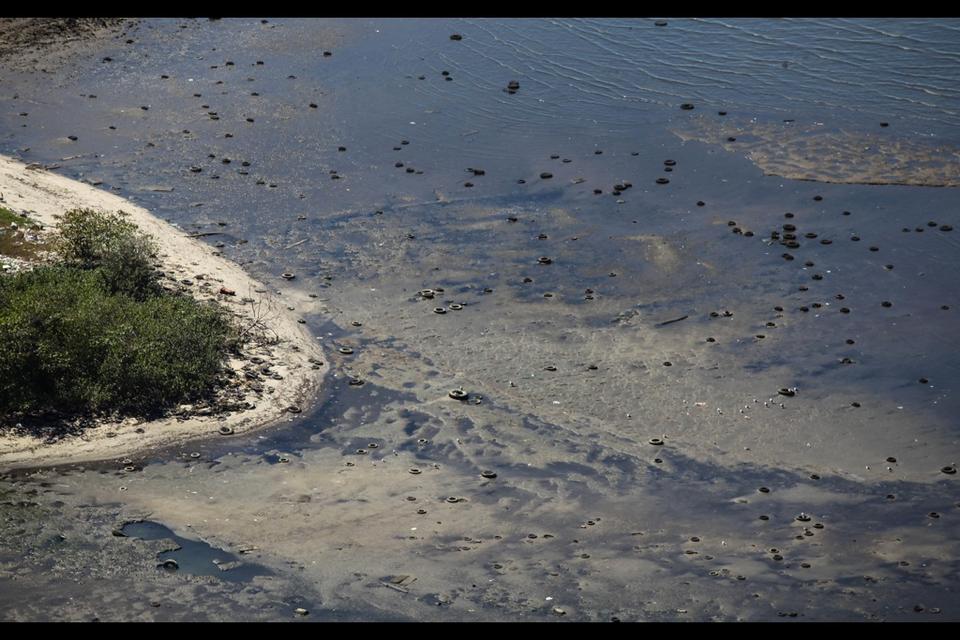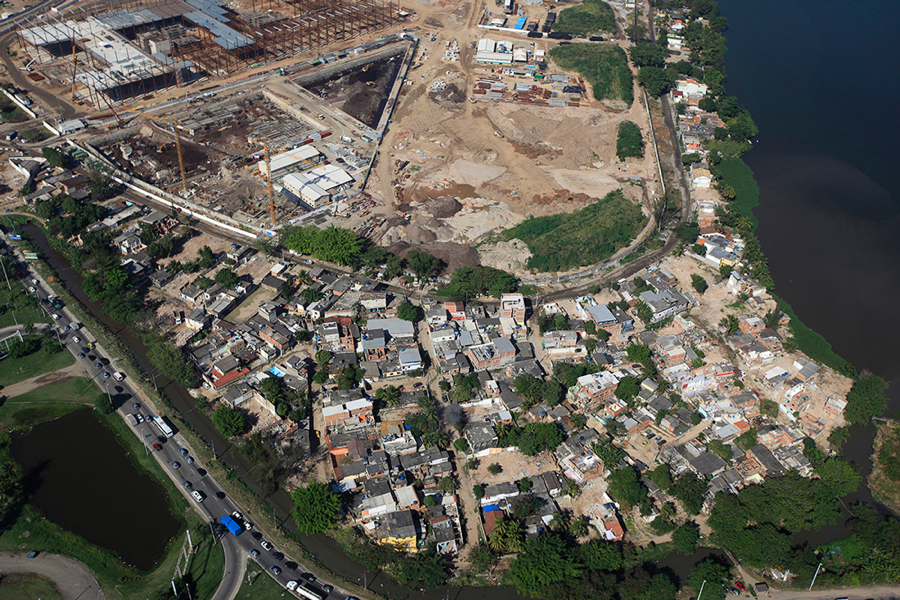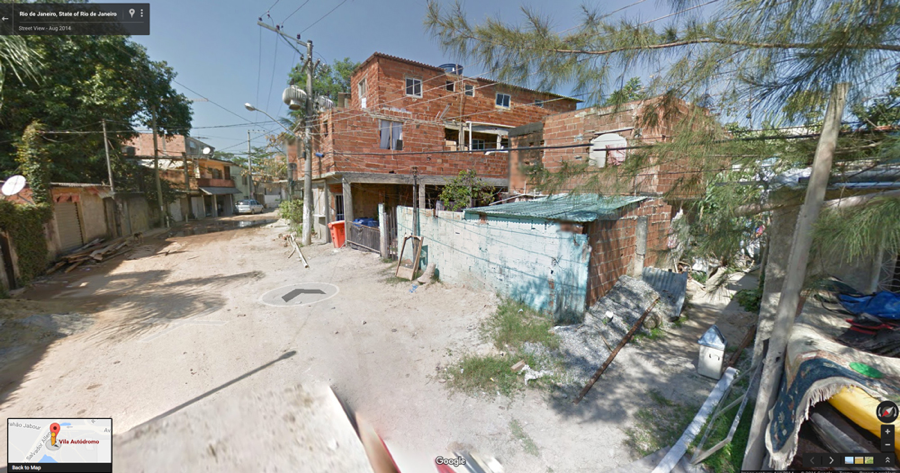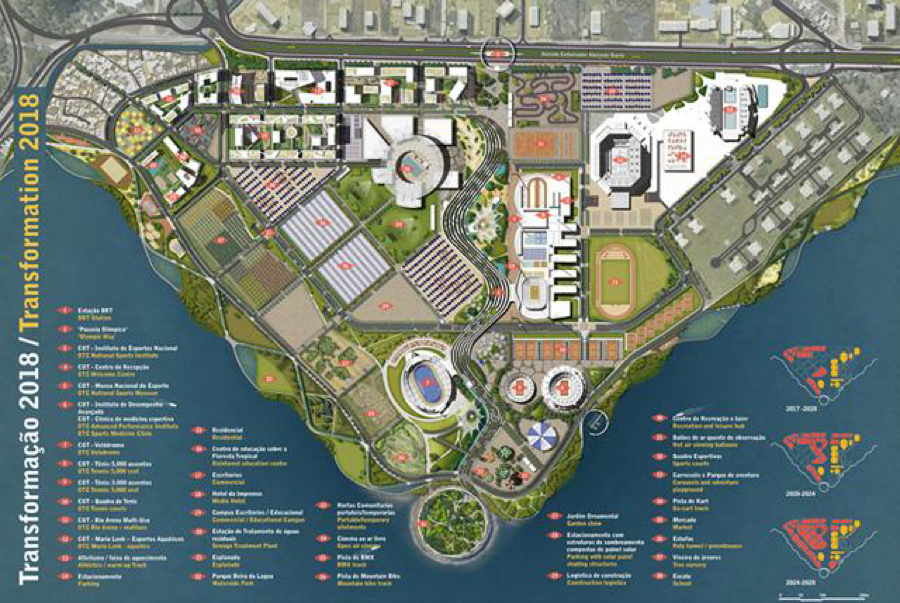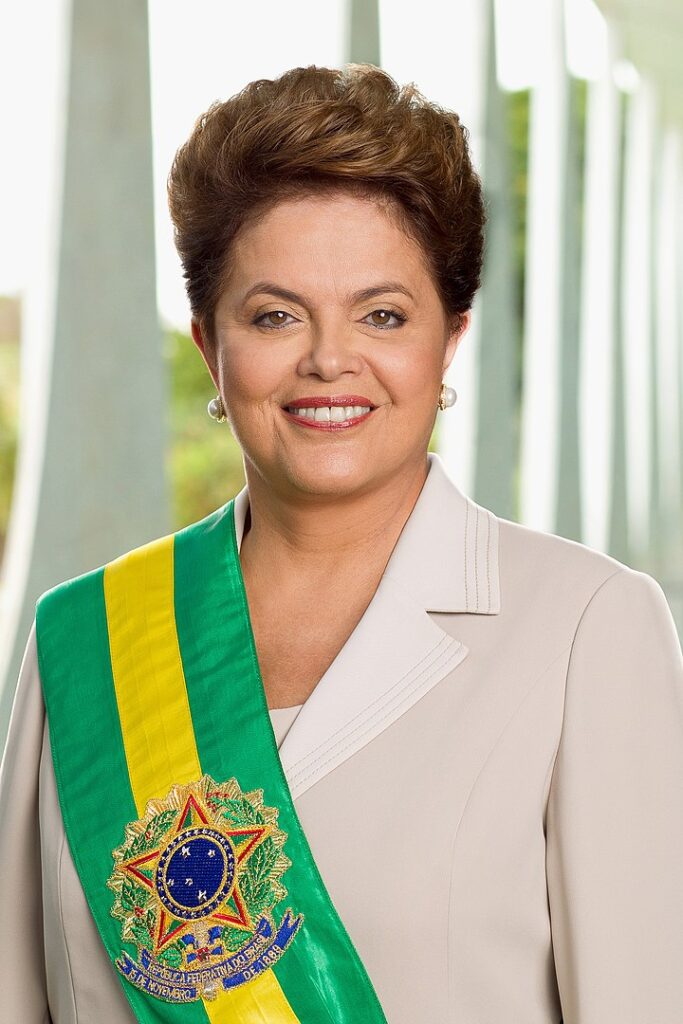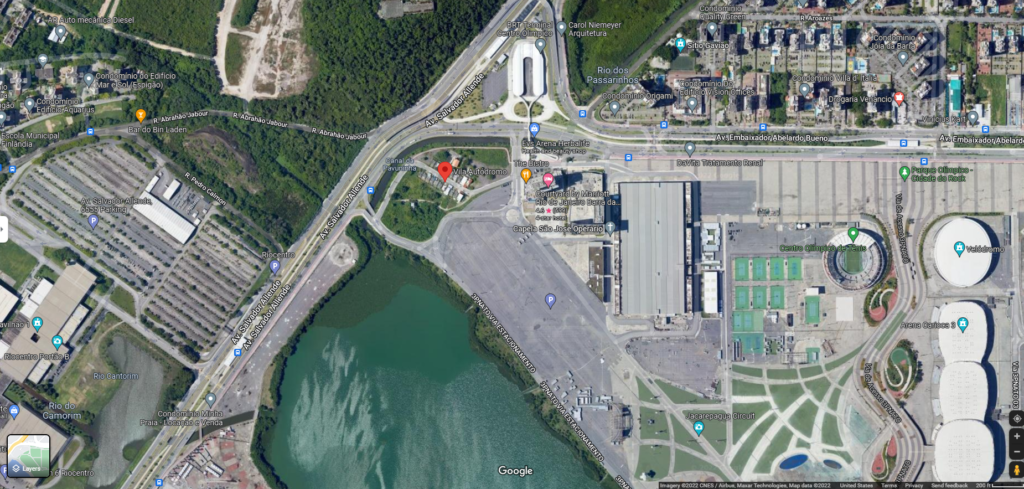With the opening of the XXI Olympiad in 2016, Rio de Janeiro became the first South American city to host the Olympic Games and as befits Rio and the Olympic movement, it was a combination of dizzying celebration, moments of true inspiration, and stories of desperation. In other words, a microcosm of humanity. And the host city.
Getting it started and some facts and figures.
As one might expect in a city famous for its Carnival, the opening ceremony was an explosion of color.
[Photo from Wikimedia Commons Tasnim-News-Agency-CC-BY-4.0.]
The Parade of Nations featured more athletes (11,238) and more teams (207) than in any previous games.
Two previously excluded sports returned to the competition list – rugby in the form of rugby sevens and golf. Rugby’s last Olympic appearance came in Paris in 1924 and golf was on the schedule for the first time since 1904.
National Committees from Kosovo and South Sudan sent athletes to the games for the first time.
With the exception of football, competition took place in one of 18 venues in four designated areas
[Map from Wikimedia Commons By Felipe Menegaz CC BY SA 3.0.]
in a total of 27 venues nine of which were newly constructed with seven of those intended to be temporary.
Raw sewage plus hide and go Zika.
One of Rio’s challenges leading up to the games was dealing with its waste disposal systems or, more accurately, its lack of such facilities and systems. Prior to its Olympic bid, Rio treated less than 20 percent of its sewage – much of which flowed into Guanabara Bay – the venue scheduled to hold the sailing and windsurfing competitions. This type of scene was typical.
[Photo from PRI.org no credit given.]
While the city set an ambitious goal of cleaning 80 percent of its sewage by the opening of the Games, it reached a more modest 60 to 65 percent.
Further complicating matters some of this sewage included hospital waste and scientists found drug-resistant super bacteria in the bay. A Brazilian lab also found the genes of super bacteria in a river that empties into Guanabara Bay. Still, the competition was held there and only one competitor, Belgian sailor Evi Van Acker, reported that her Olympics were affected.
As for where those efforts stand currently, David Biller of the Associated Press wrote this in a story published in US News and World Report on 30 April 2021, “Rio de Janeiro state privatized its water and sewage utility on Friday, after years of broken promises to improve sewage treatment and clean up the state’s polluted Guanabara Bay.” In other words, five years after the Games, the 80 percent goal is likely still elusive (or perhaps illusive.) But, this is Rio.
Living in the age of Covid-19 and the delay of Tokyo’s Summer Games from 2020 to 2021 and the severe restrictions placed on the Beijing Winter Games in 2022, it’s easy to forget that an outbreak of the mosquito borne Zika virus troubled the Rio Olympics. While the virus is rarely fatal, and symptoms are typically mild and manageable, they could have certainly impacted an athlete’s performance. More concerning was the fact that Zika can trigger paralysis (Guillain-Barré Syndrome) and in pregnant women, cause subsequent birth defects. Nineteen athletes – 11 golfers, 7 tennis players, and one American cyclist – withdrew from the Games citing Zika as the reason.
The Games of Inclusion?
In 2016, IOC President Thomas Bach, overseeing his first Olympic Games, and Rio de Janeiro’s mayor Eduardo Paes united to label the 2016 Olympics as the Inclusion Games. The moniker’s intent was to establish a legacy for the Cidade Maravilhosa (Marvelous City) of tolerance, peace, and social inclusion. Unsurprisingly, it didn’t exactly work out that way particularly for the poorest of Rio’s residents. While not the poorest or most crowded, the favela called Vila Autódromo in the Barra district is exemplary.
You can see Vila Autódromo in this pre-Olympic satellite view from Google Maps
[From dilletantearmy.com.]
with the venue construction beginning just outside it. In 2016, Google sent its street view cameras in the neighborhood. Close up, it looked like this
[From dilletantearmy.com].
Not only did the plans for the area that Rio submitted in its bid show a preserved favela within a redeveloped Barra district starting in 2018 but even went so far as to show the neighborhood still existing in 2030.
[From dilletantearmy.com.]
And, of course, there was the promised cleanup of Guanabara Bay and myriad other infrastructure improvements some of which were made and some that were not.
However, the first step the government took to pay for these developments and improvements was to reduce funding of public hospitals and schools serving the city’s poor. (And when I was in Rio, the difference between public and private hospitals was stark.)
Corruption in government and between the state and Brazilian oligarchs was endemic. In 2014, Petrobas, the state-run oil company, underwent a substantial corruption scandal that resulted in some of its top executives as well as politicians being jailed for bribery and money laundering. (Of course, while it’s likely that Brazil’s then President Luis Inácio Lula da Silva had taken bribes, it’s equally likely that the investigation and prosecution stemmed from a politically motivated seed to undermine many of Lula’s left leaning policies that had disadvantaged some of Brazil’s elite. It’s a story that’s too complex and peripheral to the Olympics to cover in any depth here.)
Dilma Rousseff, another left leaning politician from the same Worker’s Party as Lula, won election to succeed him and became Brazil’s first woman president.
[From Wikimedia Commons BY-Palacio-do-Planalto.]
On 2 December 2015, Eduardo Cosentino da Cunha, leading the Chamber of Deputies of Brazil and who the BBC labeled the “nemesis” of Rousseff led that body in filing impeachment charges against her that resulted in her suspension from office for six months. (Da Cunha himself would be indicted in May of 2016 as part of the Petrobras scandal.)
Many everyday Brazilians denounced this effort as a neoliberal coup masterminded by U S foreign policy and corporate interests. Their suspicions were not entirely unfounded as it paralleled a pattern of U S adventurism familiar throughout Latin America. Though they didn’t provide evidence of American involvement, a series of previously secret audio recordings revealed the efforts to unseat Rousseff as a conspiracy among Brazilian politicians to end the Petrobras corruption scandal and seize power at the same time.
But life in the favelas wasn’t all sweetness and light under Rousseff. Soon after Rio won its bid in 2009, da Silva announced the formation of Pacification Police Units. Initially promoted as a long-term, community-based, security solution to be accompanied by an increase in social services, the plan never reached fruition. As a result of an economic downturn and the redirection of public funds to Olympic development projects, the police were in place but the latter part of the plan never materialized. Meanwhile, an underpaid police force accused of collaborating with the drug cartels they were supposed to be thwarting found themselves under examination. A 2015 report by Amnesty International accused security forces in Brazil of frequently using excessive force and extrajudicial executions without accountability. All of this continued leading up to the Olympic Games.
Michael Temer was installed as a temporary President during Rousseff’s suspension from office. His right leaning Brazilian Democratic Movement party was viewed as serving its corporate sponsors, paying back sizable election contributions with sympathetic public policies that allowed the razing, division, and the cheap sale of public lands and land claimed under eminent domain to developers for the consolidation of future private wealth.
Despite the government’s promise, Olympic development meant the fate of Vila Autódromo was essentially a death sentence as this current satellite view from Google Maps shows.
Olympic venues survive. Vila Autódromo does not.
